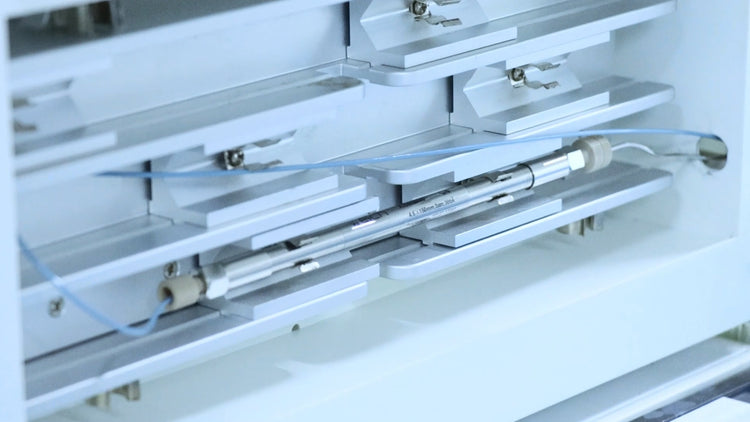
Laboratory consumables purchasing budgets are being squeezed... Sometimes we are forced to confront such objective circumstances during experiments, especially when making the most of expensive consumables.
Mobile phase filtration, storage, and replacement precautions.
Refer to "How to Achieve Optimal Mobile Phase Performance:6 Key Points" for details.
Check if the pH of the mobile phase is within the tolerance range of the column.
Mobile phases outside the tolerance range can cause relatively rapid and irreversible damage to the column.

High pH of the mobile phase leads to dissolution of the stationary phase.
For example, if the pH of the mobile phase is less than 2.0, you can choose the Welch LP series chromatography columns (pH tolerance range 0.5-8.0). If the pH of the mobile phase is greater than 10.0, you can choose the Welch Hybrid Silica Xtimate® series chromatography columns (pH tolerance range 1.0-12.5). If using 100% aqueous phase, options like AQ, Alk, Polar RP, LP, etc., can be considered.
Welch Materials has always advocated for paying attention to the shelf life of mobile phases.
However, in practice, the number of customers who actually follow this procedure is few. One reason is the inconvenience and perceived lack of necessity, especially since there are company SOPs to reference. Another reason is the desire to avoid wasting mobile phases. Additionally, the impact of the mobile phase on the column is cumulative, and it can be difficult to determine if the column's ultimate failure was due to the mobile phase. However, in reality, only the mobile phase and the sample enter the column. Therefore, changing our habits regarding the treatment of the mobile phase becomes one of the important ways to protect the chromatography column.
Other impacts of the mobile phase on the column.

For samples with a high degree of contamination, using guard columns is absolutely necessary, especially in the case of pharmaceuticals, natural products, food testing, etc. Particulate matter, strongly retained substances, strong acids, or strong alkalis in the sample can cause increased column pressure, decreased column efficiency, modification of the packing material, deterioration of peak shapes, etc. Even with flushing methods, it is often difficult to restore the column, posing a significant threat to the lifespan of the chromatography column.
Seeing this point, some colleagues may have doubts: wouldn't purchasing guard columns increase costs?
In our experience with chromatography columns returned for maintenance, we have found that the majority of issues are due to clogged column frits and contaminated column heads (with contamination depths of nearly 1 centimeter), as shown in the figure below:
 (Column head packing contamination, requiring replacement of the column head packing).
(Column head packing contamination, requiring replacement of the column head packing).




